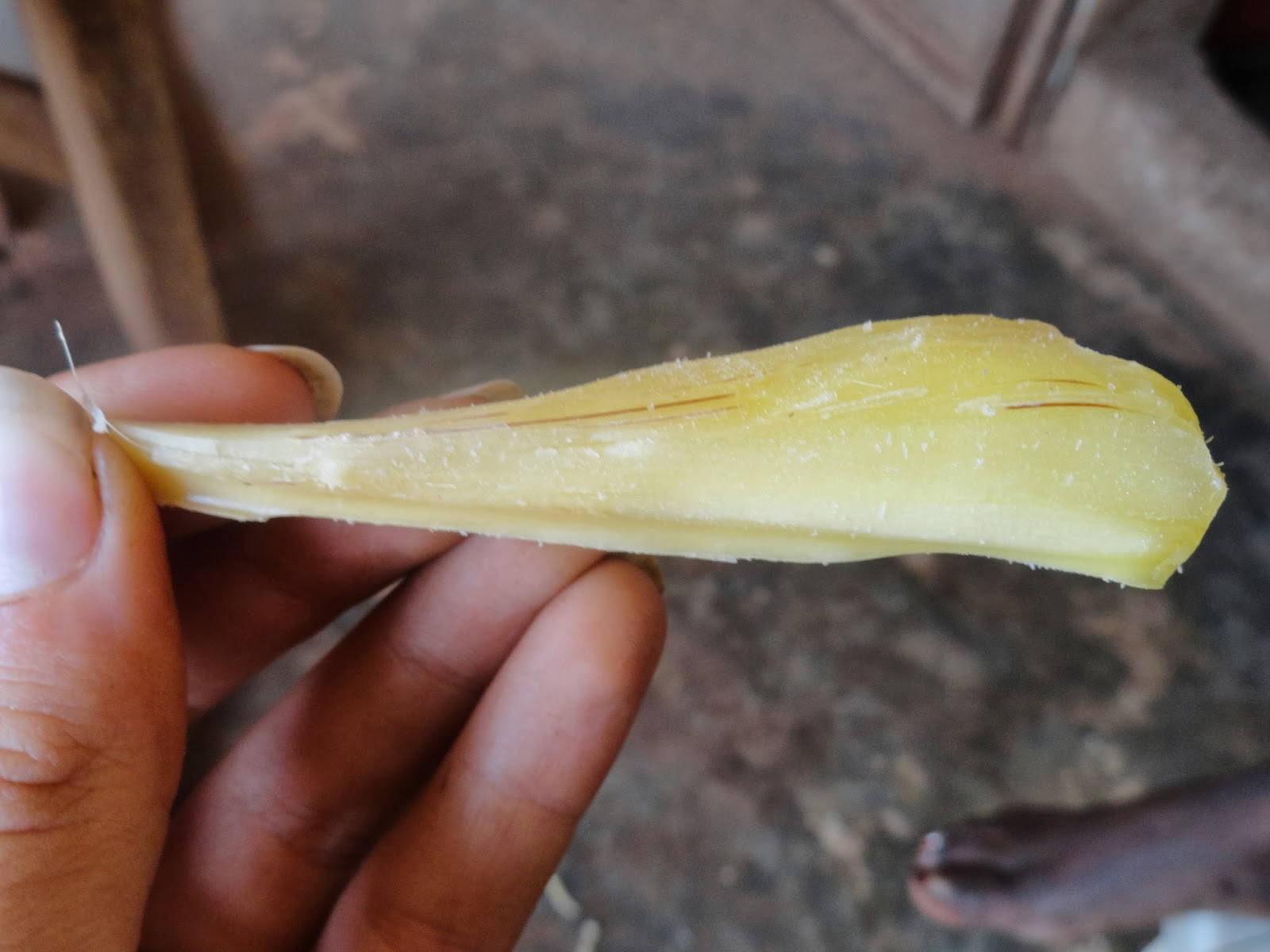On Thursday, I went hunting for the
first time in my life. I had called a friend in the late morning to
see if he could help me with a project at home, but he was
unavailable because he had plans to hunt, so I convinced him to let
me tag along.
My friend warned me in advance that
there would be a lot of walking, yet I was unprepared for the death
march it turned out to be. We were out during the hottest part of the
day, from 12:30 to 3:30 pm, in triple-digit heat under the direct
sun. We walked at a fast pace, the fastest I could walk without
jogging. The terrain was rugged nearly the entire way and most of it
was through plant life with thorns and burrs. I was wearing sandals
and capris, as I always do, and my feet got sliced so much that they
were bleeding most of the time and I had to pick splinters out of my
feet when I finally got home.
Given that I was already exhausted simply from
walking so quickly under the hot sun, I could not fathom how the
others found the energy to run at prey when they spotted it. There
were perhaps 40 people in our hunting party, along with 10 or so
dogs, and the group spread out to cover more territory. Each person
was armed with a few branches, each 2.5 feet long, and often a
slingshot. The branches were often weighted on one end with a knot of
wood, and when prey was spotted, these batons were flung into the
air, spinning round and round like a boomerang. After a few batons
had struck the prey, often, but not always, a dog would charge in to
finally catch the animal.
 |
| Hunters running after an animal that has been spotted |
Ultimately, most people in our hunting
party seemed to have caught something, either a rabbit or bird, from
what I saw. My friend killed two animals. He said he usually eats his
kills, but sometimes he sells them instead. I came home with nothing,
as I intended. I had simply wanted to witness the hunt.
 |
| Two hunters displaying their kills: a rabbit for the man on the left and a bird (somewhat hidden by his hand) for the man on the right |
The next day, I was fascinated to
discover that my participation in the hunt was the talk of the town.
Several people told me that they heard I had gone hunting and asked
if it was true. Only men hunt in Sonsoro, which made my participation
even more unusual. One woman told me that I should never go hunting
again because as a woman, I have no business doing so. That, of
course, only made me want to go hunting again to prove a point, but
given how miserable I found the experience, I think my hunting days
are indeed over.















